Language as a Veritable Tool for Addressing Insecurity Challenges in Nigeria
1.Suleiman Balluwa and 2.Lawi Indagiju Waba
1,2Department of Languages and Communication Federal Polytechnic, Mubi, Nigeria
Email: suleiballuwa@gmail.com and lawywaba@gmail.com
ABSTRACT
The People have to be conscious of linguistic choices they make and ensure that they are used in insecurity in Nigeria has risen beyoung expectation in recent times. The spate of killings in different parts of the country, banditry attacks on lives and properties, herdsmen and farmers’ clashes, high rate of kidnapping, Boko-Haram insurgency in other parts of the country and more recently, unknown gun men attacks; are all indices of insecurity in Nigeria. People live in fear and uncertainty as no one knows who will be the next victim. The Nigeria society has become so chaotic that something urgent needs to be done to allay people’s fear and calm the situation. This paper looks at how language can be used as a veritable tool to bring about restoration and peace living in Nigeria. Language is a tool f or human communication. It is through language ideologies, identities, feelings are shared and it is the pillar around which every human activity revolves. Language has the capacity to spark off conflict and chaos; it also has the capacity to calm or douse a raging storm depending on how it is used. This paper shows the appropriate language use by all people in their situations. Appropriate contexts to avoid violent reactions that can lead to insecurity in the country. Communicative Competence and Communication Accommodation theories form the theoretical stand point for this paper. The paper reiterates that proper use of language will usher in the needed restoration of peace and security in Nigeria
Keywords: language, communication, insecurity, Nigeria, peace.
CITE AS: Suleiman Balluwa and Lawi Indagiju Waba (2025). Language as a Veritable Tool for Addressing Insecurity Challenges in Nigeria. NEWPORT INTERNATIONAL JOURNAL OF LAW, COMMUNICATION AND LANGUAGES, 5(2): 18-22. https://doi.org/10.59298/NIJLCL/2025/5.2.182200
